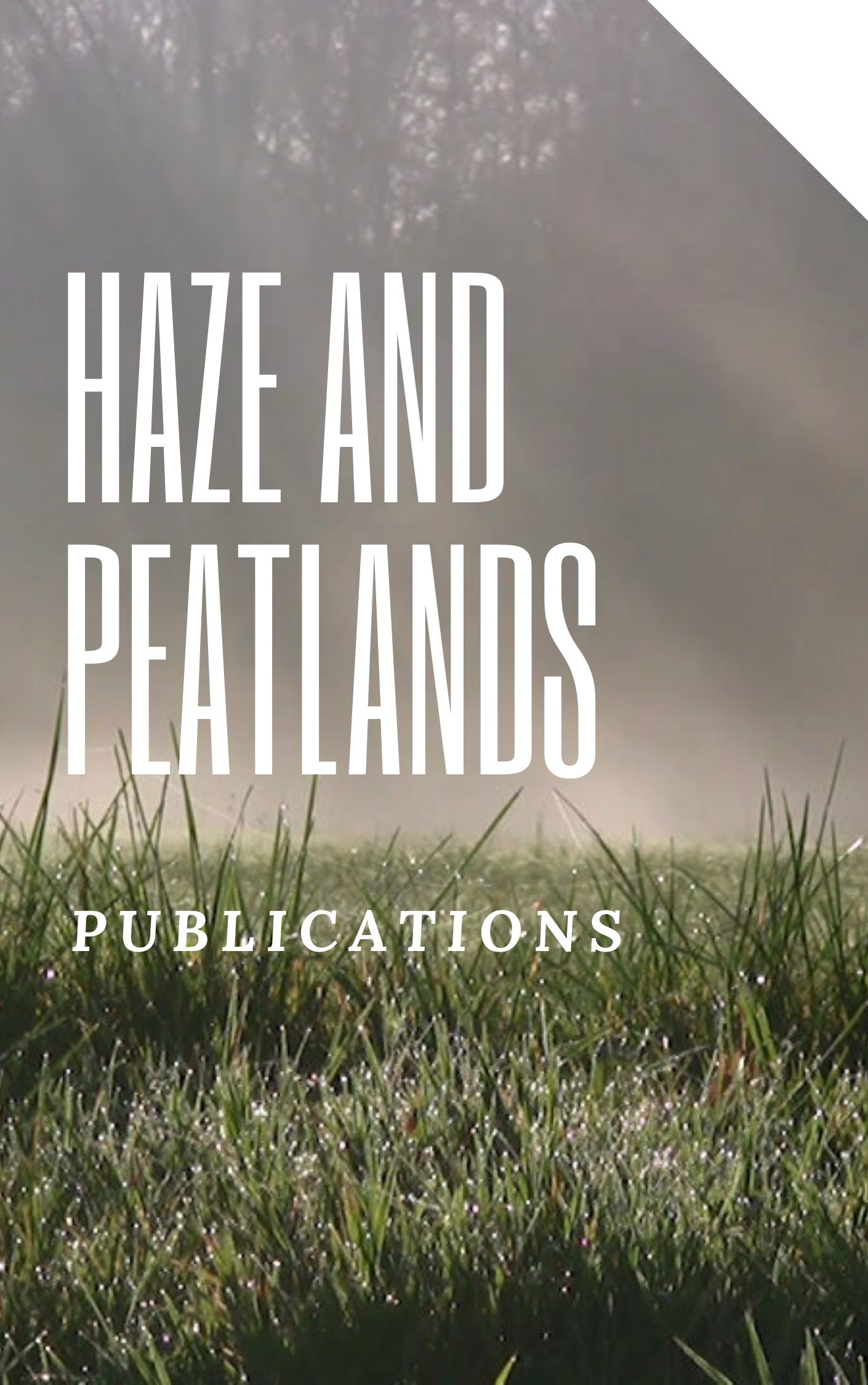The Intergovernmental Panel on Climate Change (2013) reported that more than half of the observed increase in global average surface temperature was caused by the anthropogenic increase in Greenhouse gas (GHG) concentrations and other anthropogenic forcings together. Continued emissions of GHGs will cause further warming and changes in all components of the climate system. Thus, limiting climate change will require substantial and sustained reductions of GHG emissions. Deforestation and burning of fossil fuels are the major anthropogenic source of carbon emission in the developing countries including Malaysia. Climate change mitigation options in the forestry sector could play an important role in reducing emissions and improving carbon sequestration. Therefore, this article attempts to identify the potential climate change mitigation options and their characteristics in the forestry sector of Malaysia. The major mitigation options include forest protection and conservation, afforestation, reforestation, sustainable forest management, enhanced natural regeneration, urban forestry, agroforestry, short rotation tropical tree plantations, and use of wood based bio-energy. This article suggests for a comprehensive research on the economic analysis of mitigation options which would be useful to address Malaysia's emission reduction target in a cost-effective way.
View source

